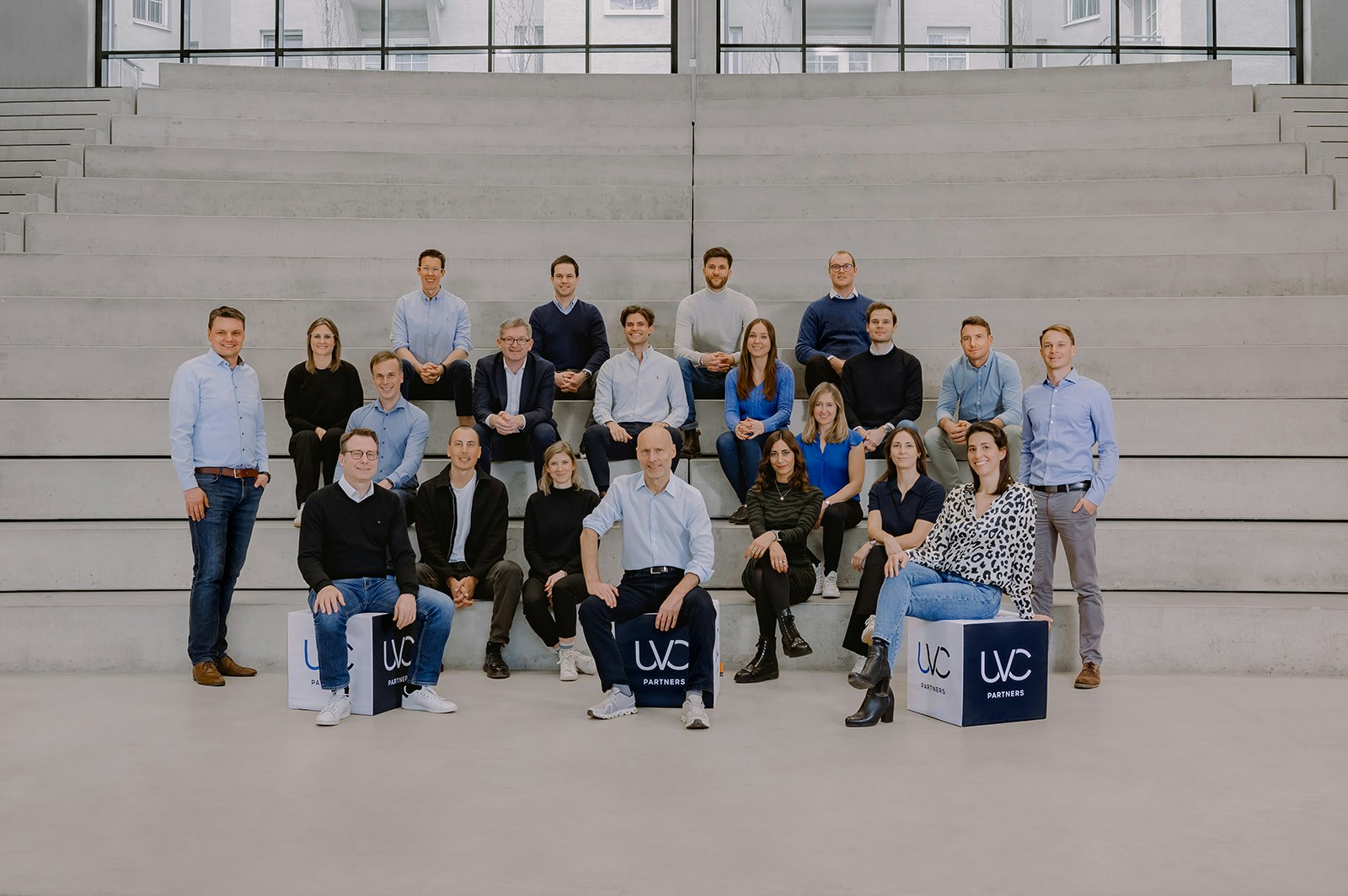This article first appeared in Sifted's Daily newsletter, sign up here.
The slowdown in VC investment has been acute across Europe — but in some parts more than others.
In CEE, startup funding fell by 68% from $3.5bn in 2022 to $1.2bn in 2023, according to Dealroom. In Europe as a whole, funding dropped by 38%.
This year isn’t looking any better. In the first quarter of 2024, CEE startups raised $292m — putting the region on track to raise a similar amount to last year.
It’s not just VCs that have pulled back from investing in CEE startups — public funds have too.
In Poland and Hungary — ecosystems which have been hugely reliant on public funds — government investment in VCs and startups almost completely dried out in 2023. In Poland, 81% of VC rounds between 2013 and 2023 had government involvement. Meanwhile, in 2021, 70% of VC-backed teams in Hungary raised money purely from government or EU-backed funds, according to the Hungarian Startup Report 2021.
In Poland, Q1 2024 saw the largest drop in the number of investments since 2018. Only 30 startups raised VC funding, in comparison to 128 in the same period last year, according to PFR Ventures, the country’s largest state-owned fund of funds. The amount raised, 173m złoty (€40m), was also one of the lowest totals in the last five years.
Maciej Ćwikiewicz, PFR Ventures’ CEO, tells Sifted that “one of the main [reasons for the slowdown] is certainly the delay in the implementation of EU-funded schemes for VCs”.
PFR Ventures allocated the last batch of EU funds to 34 early-stage VCs, to the tune of €347m between 2017-2023. The next set of funding, which was meant to go live by the end of 2022, was supposed to pump €426m into another 40 investors. But it was held up by the Polish ministry responsible for allocating EU funds, which left many VCs struggling to close their funds, and early-stage startups unable to find investors.
In Hungary, investment raised fell by 60%, from a record €180m in 2022 to just €65m in 2023, according to a report Startup Hungary published this week. Deal count also dropped from 30 to 23. According to the report, the country’s startup association, that downturn coincided with the end of several crucial government and EU-backed funding programmes.
Hiventures, a government fund, has almost completely shut down most of its programmes focusing on early-stage investments, says Csongor Bias, managing director of Startup Hungary — partly due to frozen EU funding.
Can the odds change in 2024? In Poland, PFR Ventures should soon start deploying EU money again — its selection process is ongoing and the first VCs should receive investment by the end of Q3. But it will take months, if not years, before its impact will be seen on the market. Ćwikiewicz says that he “is not expecting any substantial increase in the Polish VC market in 2024”.
Bias also doesn’t expect to see startup investment in Hungary return to 2022 levels anytime soon — despite a hot early-stage fundraising scene. “Although there are fewer deals, the total value of early-stage deals was twice as much as in 2022, and we see an increasing number of pre-seed and seed rounds that are more aligned to regional benchmarks with the participation of international investors, ex-founders and operators,” he says. Startups such as text-to-video generative AI startup Colossyan, cloud-based collection and curation provider Axoflow and food waste startup Munch are good examples of that trend.
This leaves me wondering: are the public money schemes, which are supposed to boost local VC ecosystems, doing their job well? Could this financing gap be an opportunity for international VCs? Should GPs in developing ecosystems wean themselves off public capital? I’m all ears.


